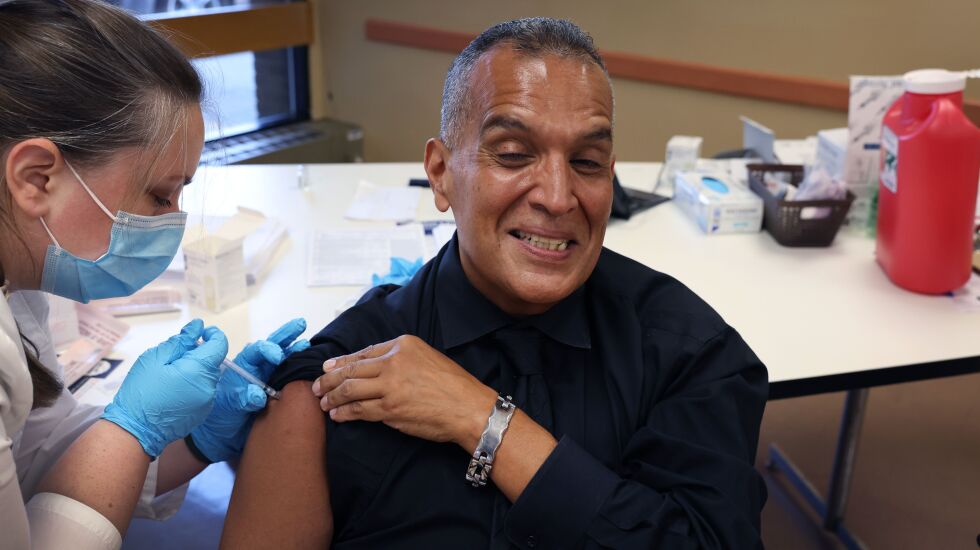
COVID-19 is shifting gears once again, which could fuel a new wave of infection this winter.
BA.5 — the dominant COVID-19 variant during the summer and, along with BA.4, the omicron strains that the latest, bivalent vaccines protect against — now makes up less than one-third of new coronavirus cases.
Edging it out are newer sublineages BQ.1 and BQ.1.1, which make up nearly half of new cases and appear to be gaining ground.
Though not much is known about the newest strains, experts say the bivalent booster should offer some protection. Here’s what you should know:
BA.5
Parental strain: The original omicron strain — BA.1.
Prevalence: An estimated 29.7% of new cases.
What to know: BA.5 was first detected in the United States at the end of April, experts say, with cases initially appearing in the Northeast, then spreading to Midwestern, Southern and Western states. The subvariant quickly become the dominant strain during summer, accounting for more than 99% of new cases by August. The COVID bivalent boosters were designed to particularly target BA.4 and its twin, BA.4.
BQ.1, BQ.1.1
Parental strain: BA.5.
Prevalence: 20.1% and 24.1%.
What to know: BQ.1 and BQ.1.1, the newest strains, have gained the attention of top health experts due to its rate of increase since they were first identified in early September.
Dr. Peter Hotez, a pediatrician and dean of the National School of Tropical Medicine at Baylor College of Medicine Houston, calls BQ.1.1 the “most likely candidate” to drive a new COVID wave if there is one in the coming months.
Mutation: The strains are descendants of the BA.5 omicron subvariant but contain a couple of key mutations to the spike protein that health experts speculate might give it an advantage. One such mutation, R346T, has been seen in previous variants and is thought to be associated with immune evasion, according to Andrew Pekosz, a virologist and professor at Johns Hopkins Bloomberg School of Public Health.
BF.7
Parental strain: BA.5.
Prevalence: An estimated 5.3% of new cases.
What to know: “It has also picked up a few mutations we know will evade vaccine-induced immunity, so we’re keeping an eye on it to see how much of that immunity it will evade,” Pekosz says.
Mutation: BF.7 is another descendent of BA.5 with the R346T mutation.
Bivalent boosters vs. new variants
Moderna: The company has released trial results from more than 500 participants 19 to 89 years old that showed:
- Neutralizing antibodies against BA.5 increased 15-fold from pre-booster levels.
- They also increased fivefold in participants with a previous COVID infection and sixfold for those without.
- The trial results were consistent for older and younger participants.
The Cambridge, Mass., company says its bivalent shot also showed “robust neutralizing activity” against the BQ.1.1 variant, suggesting it may offer some protection against the newest strains now edging out BA.5.
It’s “confirming that updated vaccines have the potential to offer protection as the virus continues to evolve rapidly to escape our immunity,” says Moderna’s chief executive officer Stéphane Bancel.
Pfizer-BioNTech: The companies have yet to share data on how their bivalent booster performs against the BQ.1 and BQ.1.1 variants but released results in early November that showed:
- At 30 days, neutralizing antibodies against the BA.4 and BA.5 variants increased 13-fold in adults 55 and older and nearly 10-fold in younger adults.
- People who got a shot targeted solely at the original virus saw only a threefold increase in neutralizing antibodies against those variants.
Read more at USA Today.







